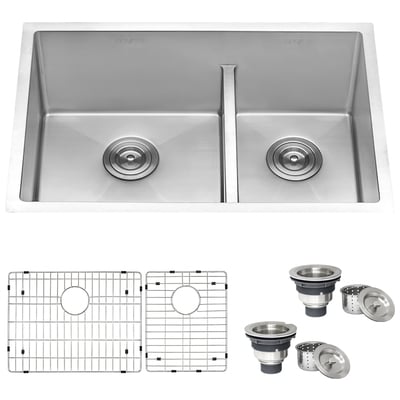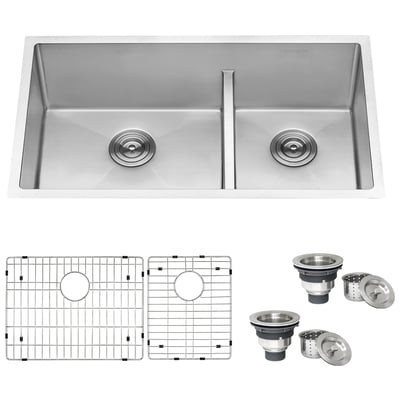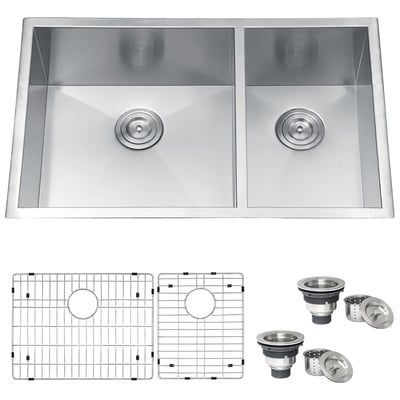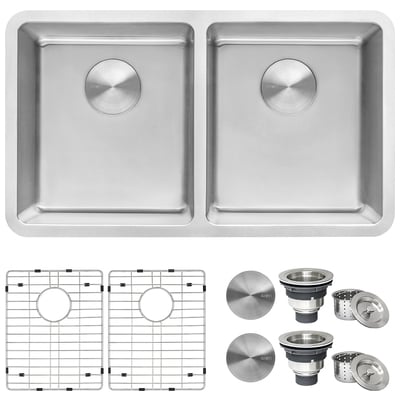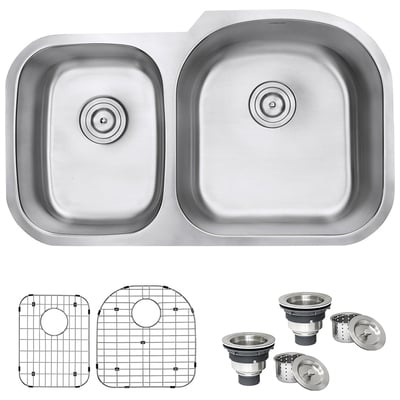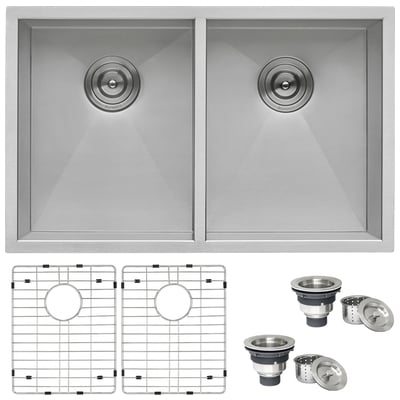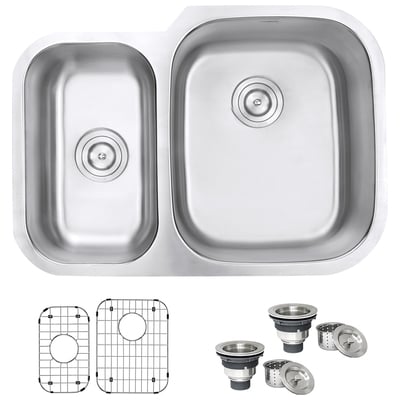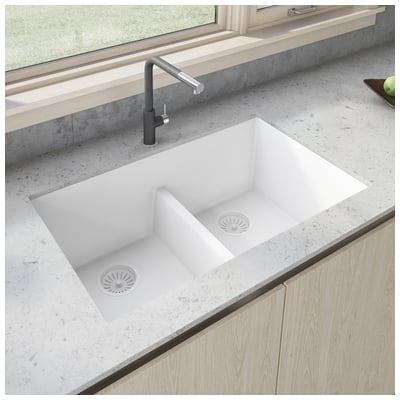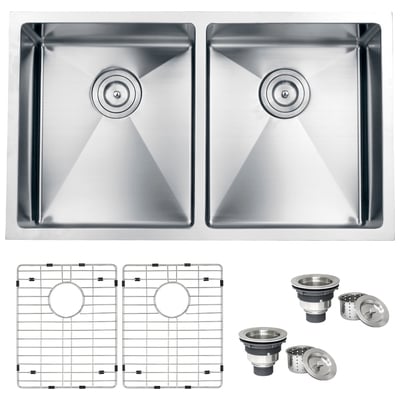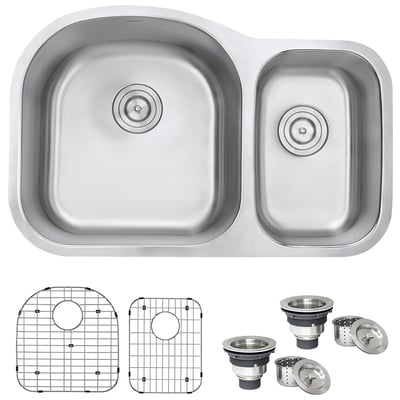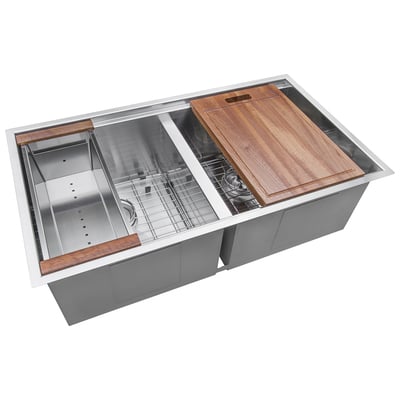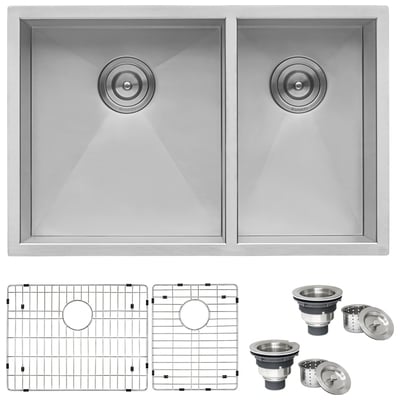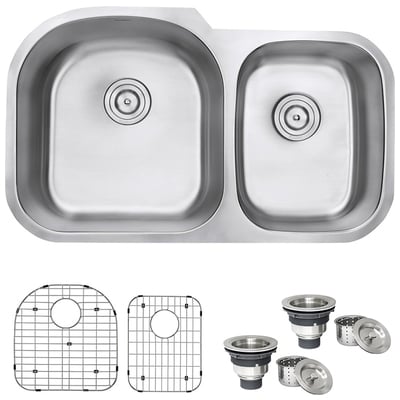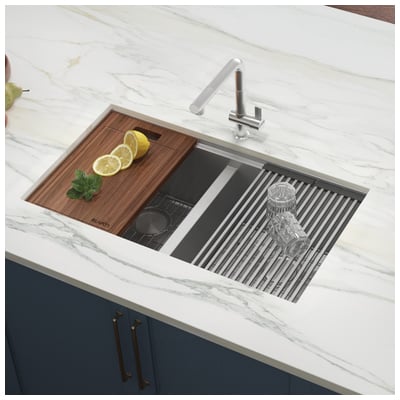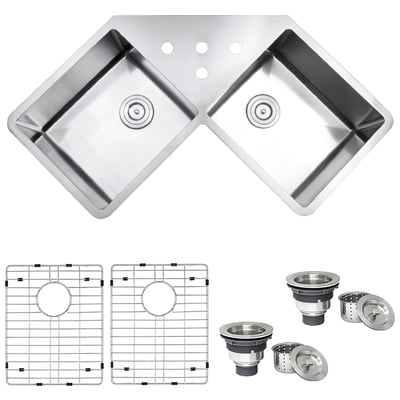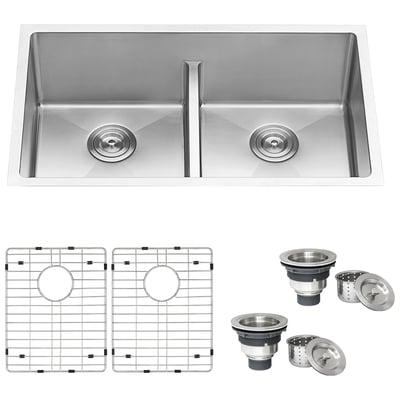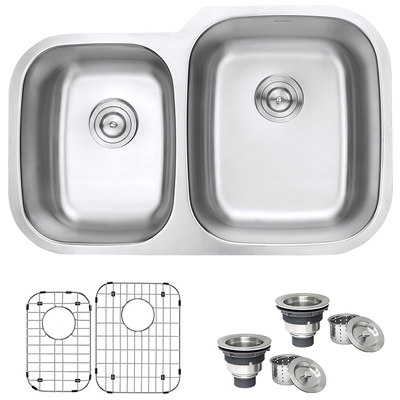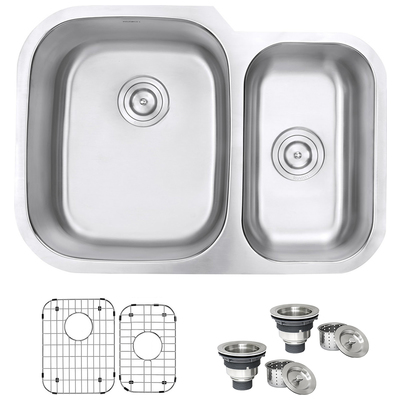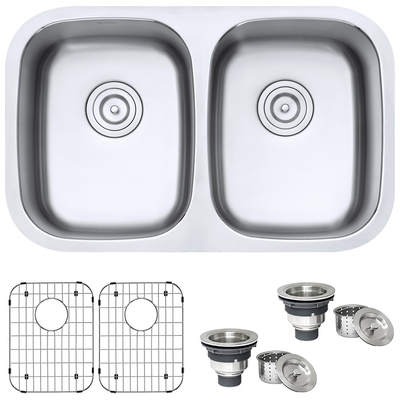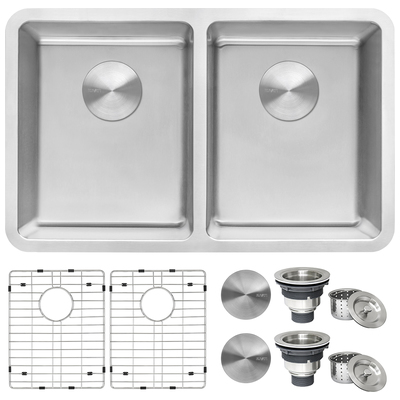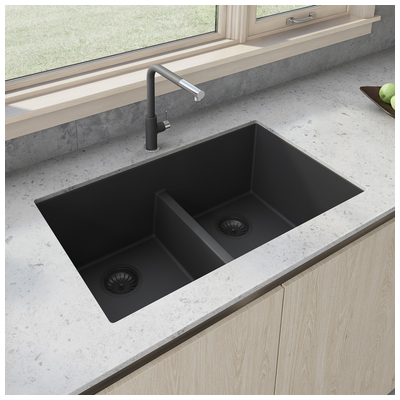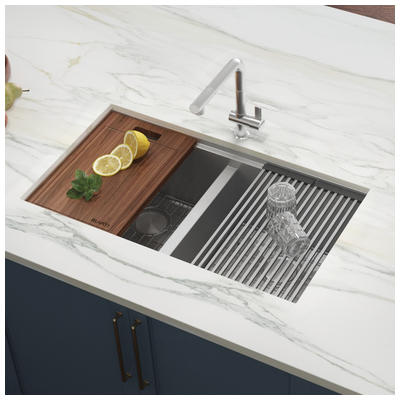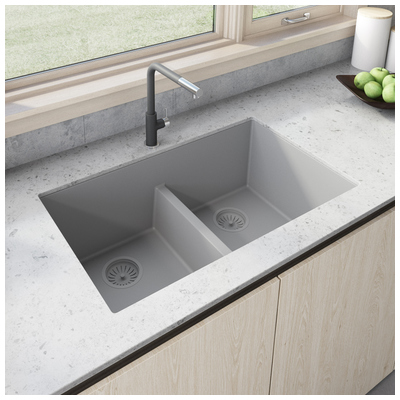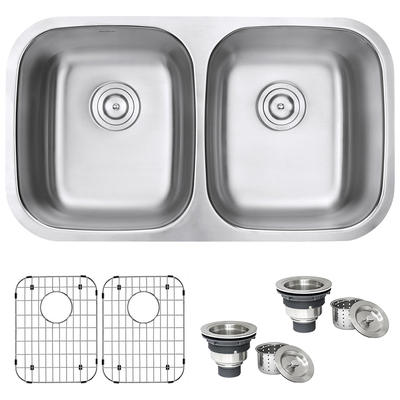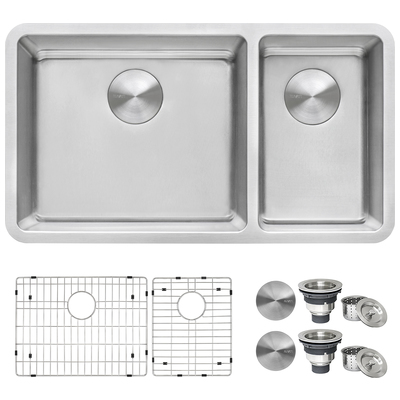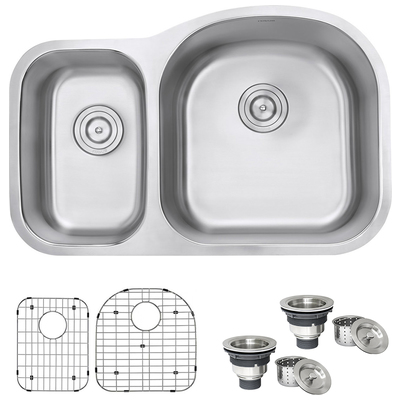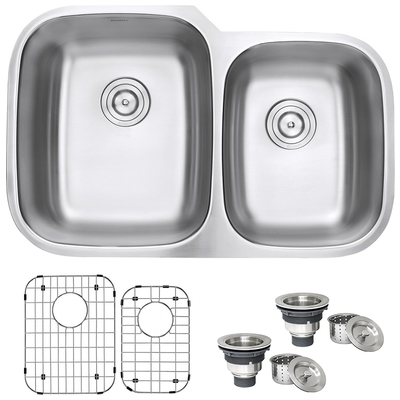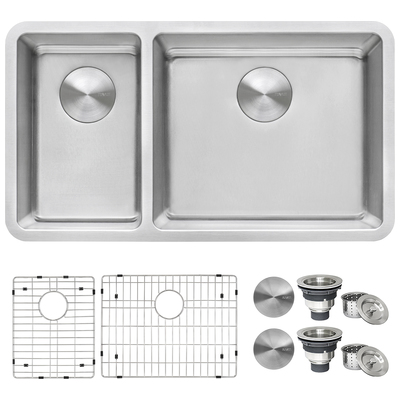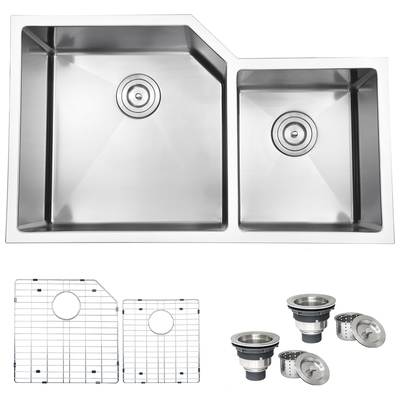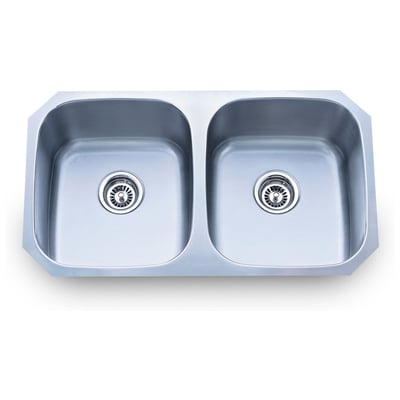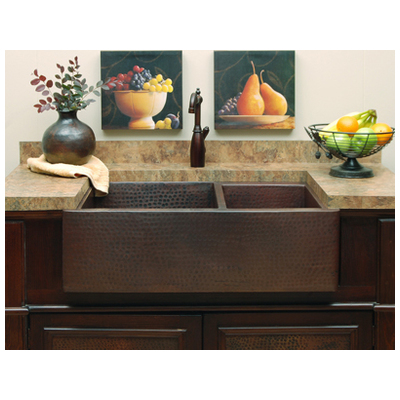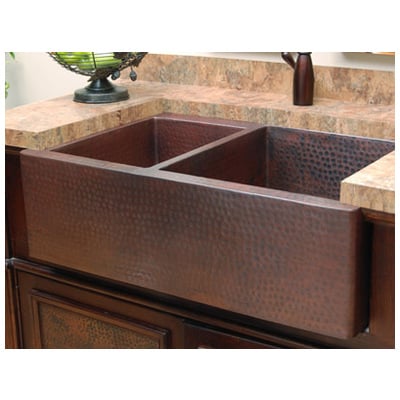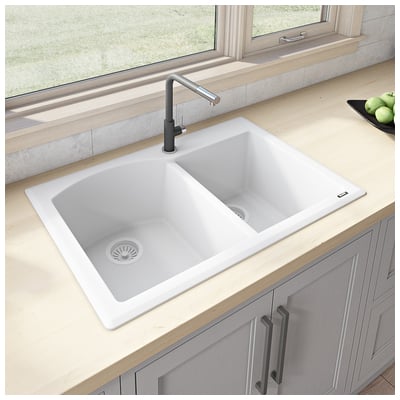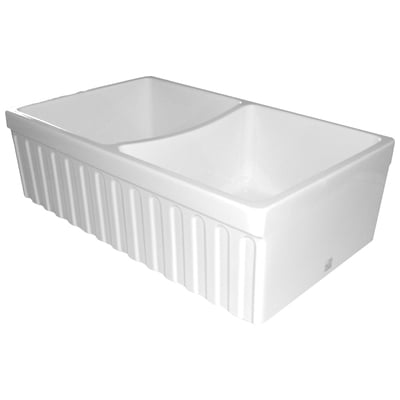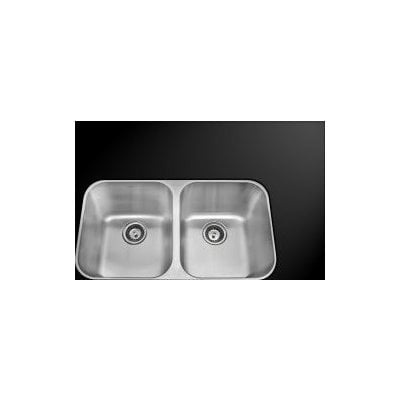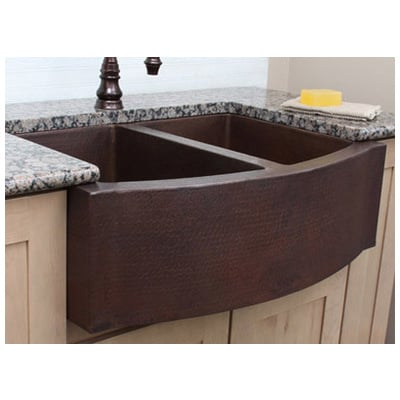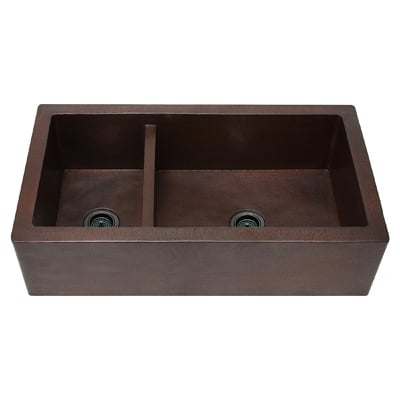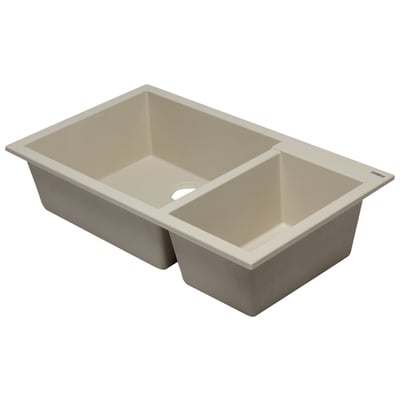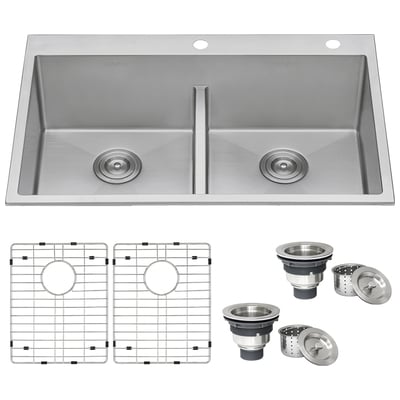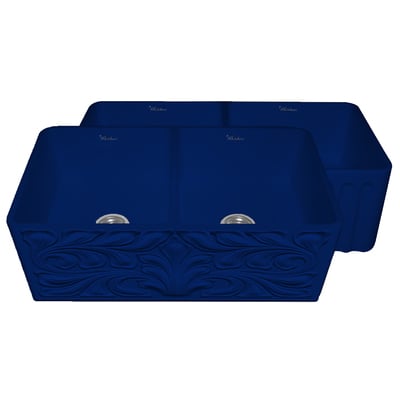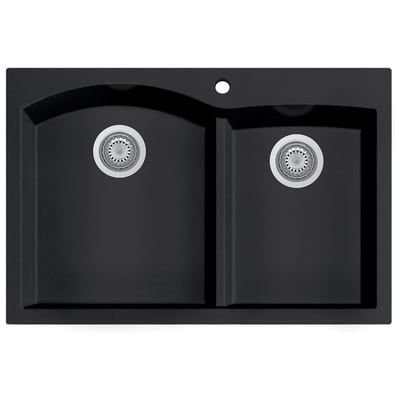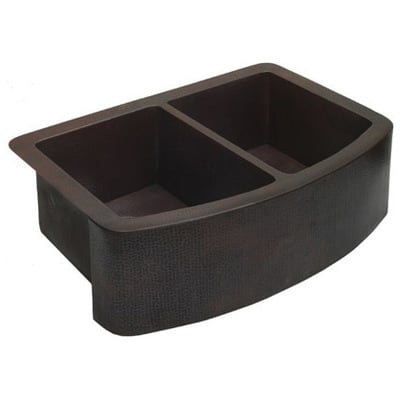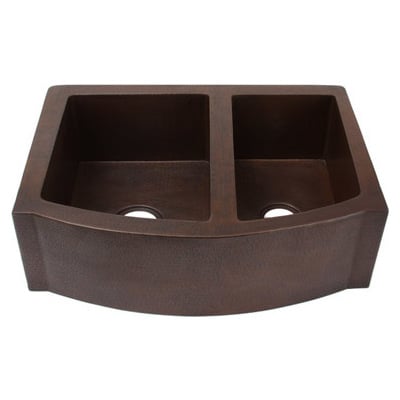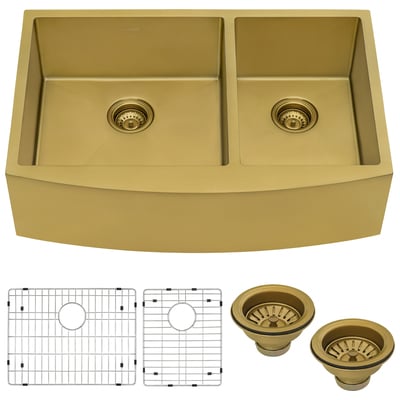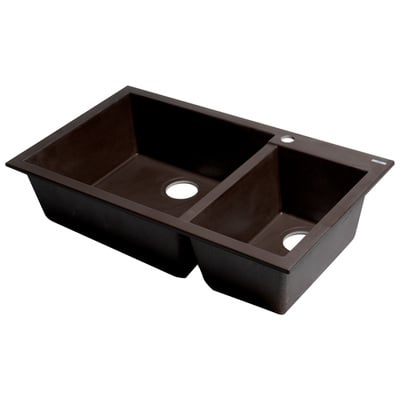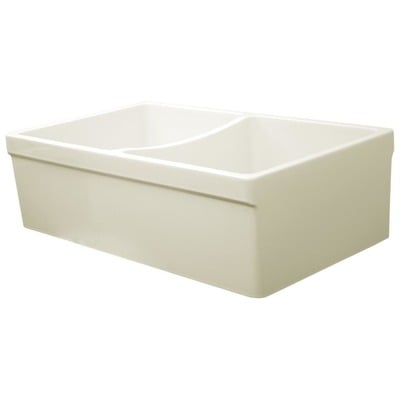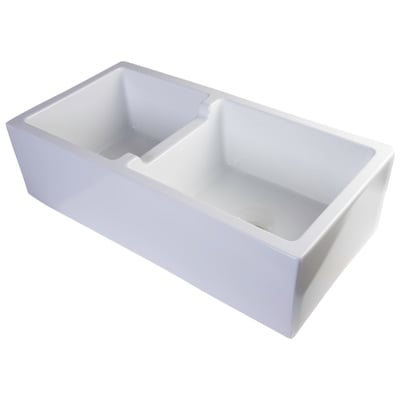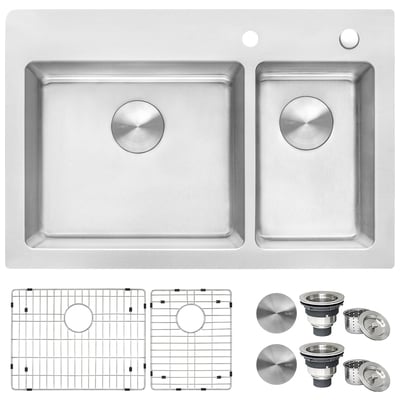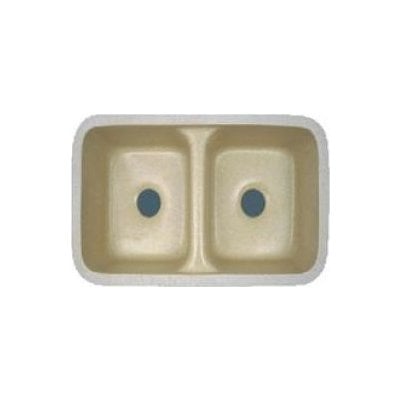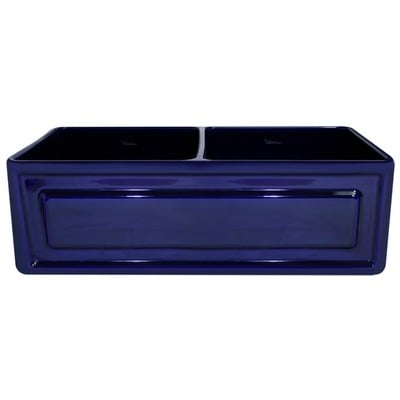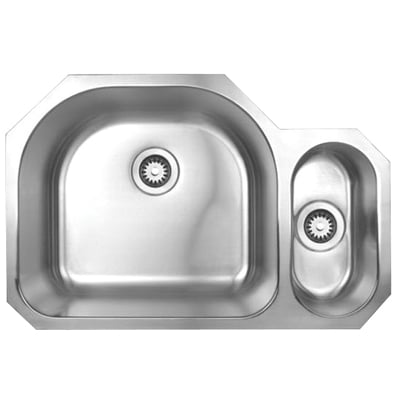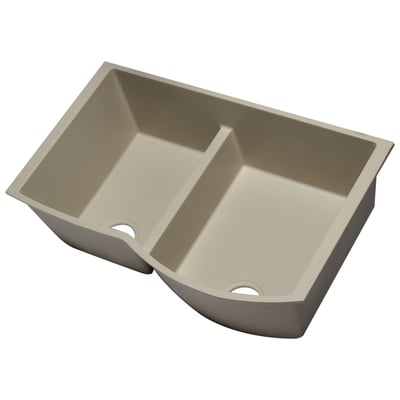Choosing the right kitchen sink is a major commitment. After all, a good kitchen sink should last you for the lifetime of your kitchen – or at least until your next major remodel. So you want to take your time to choose one that you’re going to be happy with for the next decade or so. Many factors go into making a sink the “right” one for your kitchen, and they’ll be different for every person. This quick list of things to think about should help you find a place to start.
How Big?
It can be tempting to buy a big double or even triple bowl sink. But a sink that’s too large can overwhelm a small kitchen, and is probably more sink than you need. Besides, if you have a kitchen that’s 150 or fewer square feet, a smaller sink will help you maximize your available counter space. That said, multi-bowl sinks are great for larger kitchens, and can even make kitchen prep and cleanup easier by allowing you to put your dirty dishes in one part of the sink while still having room to rinse vegetables in another bowl.
Shop Kitchen Single Bowl Kitchen Sinks From Vigo:
Installation Type
How you install your kitchen sink is important as well. It’s a decision that you definitely need to make before you purchase your new kitchen counter top. With the exception of apron style sinks (which, really, are a form of undermount sink) there are two types of kitchen sinks: self rimming and undermount.
Self rimming sinks have a lip that goes all the way around the top edge, which allows you to more or less just set them on top of your counter. Heavier sinks, like enameled cast iron, will hold themselves in place with their weight; lighter sinks, like stainless steel ones, you’ll need to screw or clamp into place. Self rimming sinks are the fastest and easiest to install, and work with any kind of kitchen counter.
Undermount sinks, on the other hand, attach to the underside of your kitchen counter. This creates a smooth, seamless finish and makes it easy to sweep water or debris off your counter and into the sink. Unfortunately, they’re also much, much more difficult to install; you’ll need a counter top made of a solid material, as the cut line will show above the edge of the sink.
Shop Double Bowl Undermount Kitchen Sinks from Ruvati:
How Many Holes?
Depending on the installation type, your sink may or may not come with pre-drilled holes to accommodate your faucet and accessories. If your sink doesn’t have any, you’ll need to install your hardware directly into your counter top, which often means drilling through stone. Drop-in or topmount sinks have between one and five pre-drilled holes to let you secure the faucet to the sink itself. You can cover up extra holes if you have them, but it can be difficult or impossible to add them later. Matching the style of faucet and accessories to your sink is a must; a widespread faucet with sprayer will require four holes, while a post-style faucet with a pull-down nozzle will let you get away with just one. Add to that a permanent soap dispenser and an additional filtered water tap, and you can quickly run out of space for everything you’d like.
Shop Double Bowl Kitchen Sinks:
Materials
Material is probably the biggest decision you’ll make with regards to your kitchen sink. With basically every type claiming to be the best, most durable, and most beautiful, it can be a little difficult to decide.
Copper
Copper kitchen sinks are a highly decorative luxury item, often artisan-made and beautifully hand finished. You can find them either highly polished with a new-penny shine or with a deep, rich patina that will continue to develop with use. Copper kitchen sinks are naturally antiseptic, which makes them the most naturally bacteria free of any sink material, not to mention easy to clean. Plus, because copper has an organic finish, any scuffs or mars will eventually blend back in to the surface of the sink. The one thing you need to be aware of is that the patina on the copper is very sensitive to acid, so be careful not to leave acidic foods on the surface too long. It won’t hurt the sink, but it will “clean” it back to that new-penny finish, which can take time to blend back in to the rest of the sink.
Stainless Steel
Stainless steel is far and away the most popular material for kitchen sinks because they’re both affordable and durable. Probably the least expensive sinks on the market, stainless steel kitchen sinks come in almost every shape and size. Be aware, though, that stainless steel sinks will scratch. That can enhance the appearance of a sink with a satin finish but ruin one with a mirror finish. Look for a lower gauge (the lower the number the better, 16-18 is ideal) and some sort of sound dampening feature. The lower the gauge the thicker the sink and the less likely it is to dent. It’ll also make less noise when exposed to heat or cold, or when you drop something in it.
Enameled Cast Iron

Enameled cast iron kitchen sinks like are probably the most traditional choice. If you have an older kitchen or an older home, this is probably the type of sink you have currently. That said, they’re falling out of favor for a reason. They’re very heavy, and while they’re highly resistant to acid and minor surface scratching or staining, they don’t hold heat well, and have a bad habit of chipping. Unlike sinks made of a single material all the way through, when enameled kitchen sinks chip, it shows, and the underlying cast iron can even begin to rust over time. That said, if you live in an older, traditional home, an enameled cast iron kitchen sink is the most authentic (if not necessarily the most practical) option.
Fireclay
Fireclay kitchen sinks are made out of a special, ultrafine white clay that’s extremely dense and, when fired, creates a surface that’s non-porous and extremely hard. That means that, while they look similar to enameled kitchen sinks, they have quite a few advantages over them. The surface is smooth and easy to clean; it resists staining, scratching, chipping, and acids; and it retains heat very well. Like enameled sinks, fireclay sinks are quite heavy, and typically come in traditional farmhouse or apron styles. Because of the rarity of the type of clay, and the fact that many fireclay kitchen sinks are artisan made, these can be a little more expensive, but are much more durable than most other kinds of sinks.
Composite

Composite sinks are kitchen sinks made of a combination of materials, usually quartz or granite, mixed with a sealing resin and heated to very high temperatures. These sinks are among the most durable available on the market. Not only is the stone-based material extremely hard, it’s also a consistent color all the way through. That means small scratches won’t show, and larger ones are easily repaired. Composite kitchen sinks like are also rapidly gaining popularity because they’re one of the more eco-friendly options. They’re made from what would otherwise be considered “waste” material, and can be recycled. Each company has a different name and mixture for their specific composite material – Silgranit is just one among many. But the material can be dyed with a wide variety of colors to match just about any kitchen design.
What type of kitchen sink will be the best fit for you depends on a lot of factors. The size of your space, how often you use it, and the look you’re going for should all factor into your decision. But knowing your options ahead of time is a great way to ensure you make an informed decision – and end up with a new sink you’ll love.





